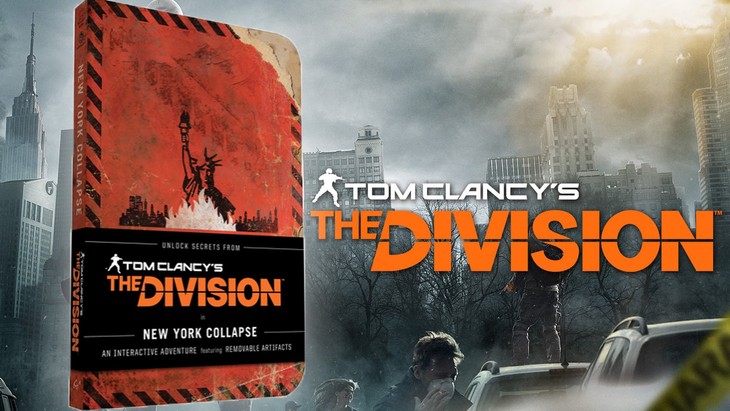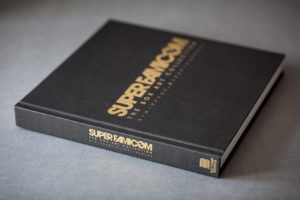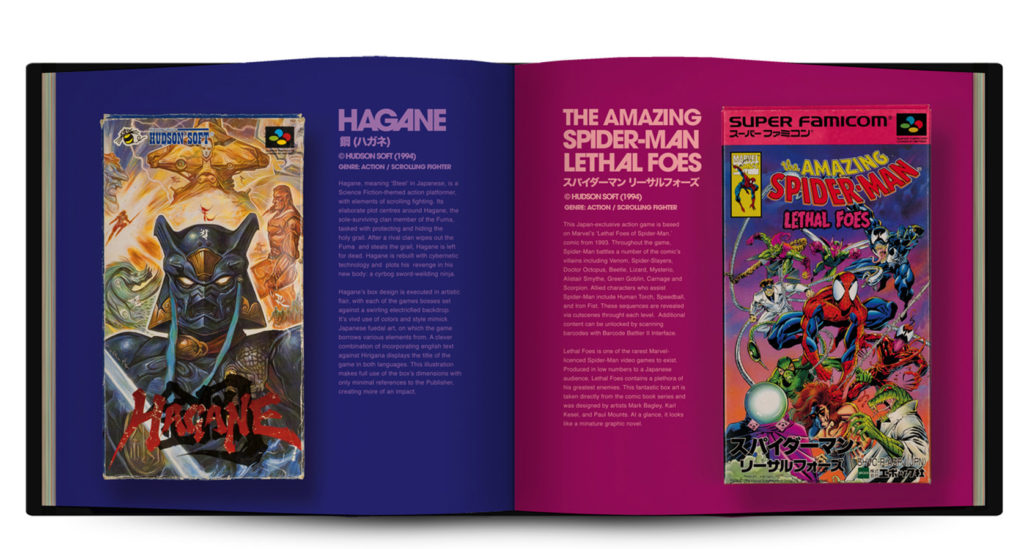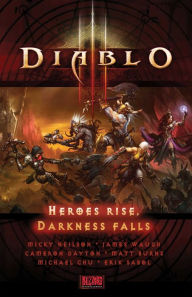
New York Collapse is a companion novel to Tom Clancy’s The Division, and like most things I own, I’ve had it quite awhile. I don’t know why I didn’t read it sooner, but now that I’ve read it, I wish I had waited even longer to do so. New York Collapse itself is a survival guide book for what to do in case the largest city in America, New York City, collapses due to a catastrophic disaster. The book claims to be written by a Warren Merchant, but this is a pen name for a government administrator who seems to have way too much knowledge and insight to the future regarding the city collapsing due to a flu outbreak. While that’s interesting to read in of itself, the main draw to the book are the handwritten notes from April Kelleher, an inhabitant of New York during the Dollar Flu crisis. Her husband bought her the book as a joke, but as the disease spread rampantly across the city, she started to notice two things: 1) how useful the advice was and 2) how eerily accurate the book was with its predictions. The book becomes her journal, as she writes down her experiences, what happened to her husband, what she witnesses, etc., and it becomes her notes in trying to find the truth about both the Dollar Flu and Warren Merchant. Since Warren’s writing is rather cut and dry and therefore, boring, it’s April’s handwritten notes that make it worth reading at all. In fact, she opens up a completely different and even darker side to The Division than I thought was possible. Unfortunately, it’s riddled with spoilers, which is why I wish I had held off on reading it until after I finished the game.
No I haven’t finished the game yet. Yes, I suck. Let’s move on.
The player never sees April Kelleher in the game, but they do find her notes scattered all over Manhattan. This book pieces those notes together and fills in the big picture of what happened to her. As the player, if you hunt down the Echoes littered throughout the city, you will find one that shows the murder of her husband. At the time, you don’t know who he is, other than the fact he seems to be important regarding the Dollar Flu, but when you reach April’s notes about witnessing his murder, it all falls together. And that’s how most of the book goes. You’ll come across something in the game that has meaning, but April’s journal makes it ten times more meaningful.
However, as a result, her journal is full of spoilers. Part of the player’s mission in The Division, other than keeping order, is to find out what happened to the first wave of Division officers. If you haven’t gotten that far in the game (thankfully I have), then this is all spoiled for you in her journal. It’s not as detailed as the game is, as April is not a Division officer, but a civilian trying to survive, but it still takes some of the wind out of the big reveal sails.
If you’re looking for more background regarding The Division and you’ve finished the game, then definitely add this to your bookshelf. It’s a great read that won’t take very long to peruse. It’s also filled with removable artifacts that really hammers home how haunting the world of The Division really is. Just don’t open it until you finish the game. I’m going to reread it after I finish, that’s for sure.
 It is hard to understate the importance of the Super Nintendo when discussing the legacy of gaming giant, Nintendo. Following fresh on the heels of the insanely successful Nintendo Entertainment System, the console cemented the corporation’s power position in the industry, while simultaneously fending off the vicious onslaught of SEGA in both the United States and abroad. Sure, any retro enthusiast worth their salt looks back fondly on the console, but even the most passionate of gamers lose sight of one key component of the gaming purchase: the box.
It is hard to understate the importance of the Super Nintendo when discussing the legacy of gaming giant, Nintendo. Following fresh on the heels of the insanely successful Nintendo Entertainment System, the console cemented the corporation’s power position in the industry, while simultaneously fending off the vicious onslaught of SEGA in both the United States and abroad. Sure, any retro enthusiast worth their salt looks back fondly on the console, but even the most passionate of gamers lose sight of one key component of the gaming purchase: the box.
 Deus Ex: Mankind Divided releases just next month as a sequel to Deus Ex: Human Revolution, and I can assure you that the hype is real. This is definitely high on my personal radar for the year as well as a good chunk of the SGR staff and gamers across the globe. The sequel is based upon the aftermath of the “Aug Incident” that occurs in DXHR, but there are plenty of questions in between DXHR and DXMD. We know that Adam Jensen is working with Task Force 29 of Interpol to stop terrorism on both sides of the Aug Conflict, and we know that he’s actually a double agent trying to unearth who is pulling the strings behind the Conflict as well as Interpol. But how did he get there? And how bad is the Conflict? Deus Ex Universe: Children’s Crusade comic from Titan Books answers all of those questions.
Deus Ex: Mankind Divided releases just next month as a sequel to Deus Ex: Human Revolution, and I can assure you that the hype is real. This is definitely high on my personal radar for the year as well as a good chunk of the SGR staff and gamers across the globe. The sequel is based upon the aftermath of the “Aug Incident” that occurs in DXHR, but there are plenty of questions in between DXHR and DXMD. We know that Adam Jensen is working with Task Force 29 of Interpol to stop terrorism on both sides of the Aug Conflict, and we know that he’s actually a double agent trying to unearth who is pulling the strings behind the Conflict as well as Interpol. But how did he get there? And how bad is the Conflict? Deus Ex Universe: Children’s Crusade comic from Titan Books answers all of those questions.
 I mentioned in my last
I mentioned in my last  I am not sure how I missed the word on a couple of Diablo III e-books, but I did and I rectified the matter before I went on vacation. They were both super, super short, and I managed to read them on the plane rides to and from Colorado. Diablo III: Heroes Rise, Darkness Falls is a collection of short stories that takes place right before the star falls in the opening of Diablo III. The stories are as sweet as they are short, and they truly focus on the psychological horror that the game attempted to emulate, and yet did not because it’s too darn easy to skip through all the dialogue.
I am not sure how I missed the word on a couple of Diablo III e-books, but I did and I rectified the matter before I went on vacation. They were both super, super short, and I managed to read them on the plane rides to and from Colorado. Diablo III: Heroes Rise, Darkness Falls is a collection of short stories that takes place right before the star falls in the opening of Diablo III. The stories are as sweet as they are short, and they truly focus on the psychological horror that the game attempted to emulate, and yet did not because it’s too darn easy to skip through all the dialogue.